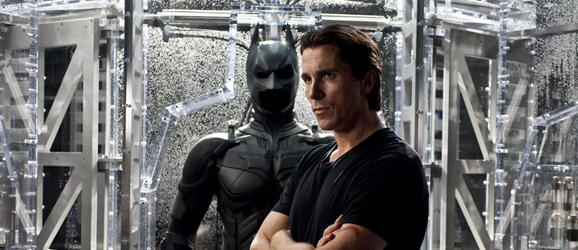Bob Willoughby has worked behind the scenes of various movies with many classic well-known stars such as; Marilyn Monroe, Audrey Hepburn, Alfred Hitchcock, Frank Sinatra, Elizabeth Taylor etc. Willoughby's photographs were all taken in black and white film, being a historical photographer; I think this enhances a classic, bold finish. His photographs were taken through radio controlled cameras, and was the first time a professional photographer used this technique on a shoot.
Harold Rosson, a cinematographer known for his subtle and imaginative lighting, was born in Genaseo, New York. Rosson's most outstanding achievement with colour was for MGM's 'The Wizard of Oz', though again he modestly described his work as simply a matter of "controlling colour." After 1955 he working as a cinematographer for various studios. Rosson' photographs were taken in a way so that the subjects/actors were almost flawless, giving they're faces a subtle completion; I believe that this was created playing with lighting techniques such as soft light, images like this are now used for commercial purposes, for advertising.
Contemporary Photographers:
Wally Pfister is an American cinematographer and film director, who is best known for his work with Christopher Nolan. Pfister has worked as a cinematographer on many films over the years, some of his most recent being the dark knight rises, inception, the dark knight, batman begins. Through some of these movies he has managed to receive 25 awards including a Oscar. Through working on such action-filled sets, he had to form photographs focusing on action, motion and dramatics, in which I believe he captures indefinitely through his use of lighting.
Ben Davis is a British cinematographer that began his career as a cinematographer shooting spots. His first major feature film as a cinematographer was the 2002 British film Miranda, then went on to photograph for many known films such as, Guardians of the Galaxy, Kick-ass, Stardust. He is also a member of the British Society of Cinematographers (BSC) Davis' photography style works incredably well with a fanasty/action theme in mind. I works well with theatrics and motion.













